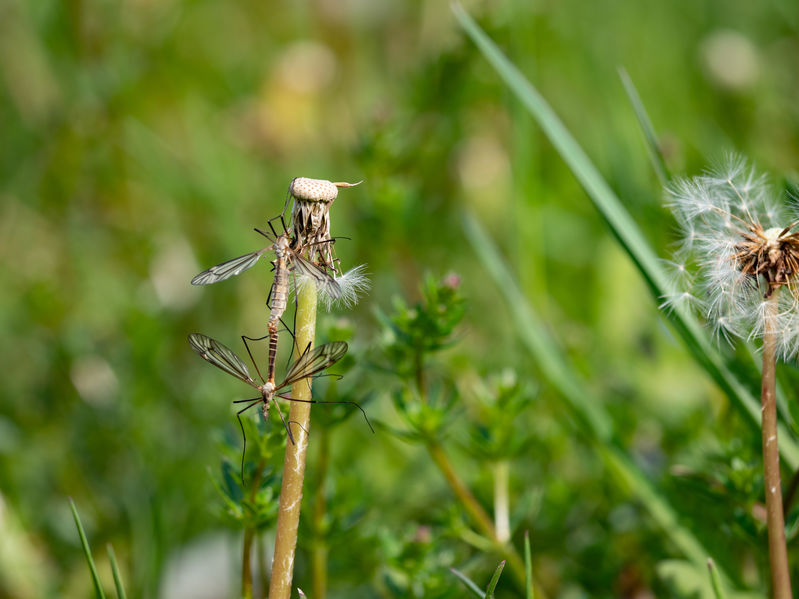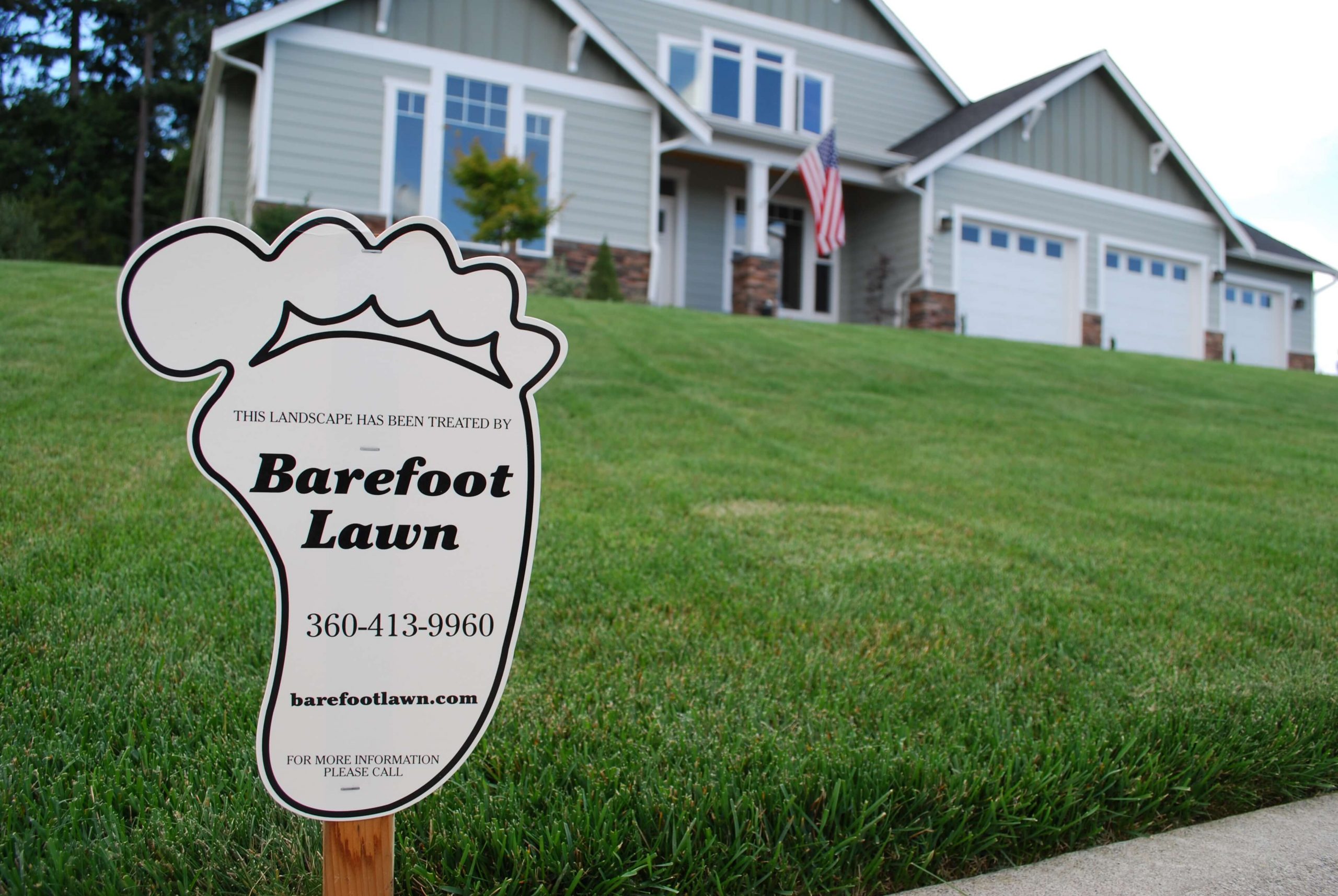Determining fertilizer application rates
Fertilizer application rates are determined by the actual Nitrogen applied rather than the total amount of fertilizer product. A bag of fertilizer will have a three number designation called analysis or grade. The three numbers represent the primary nutrients Nitrogen-Phosphorus-Potassium (N-P-K). These numbers refer to the content of the bag of fertilizer in terms of percentage by weight. Here is an example: A bag of 20-10-10 fertilizer contains 20% Nitrogen, […]




